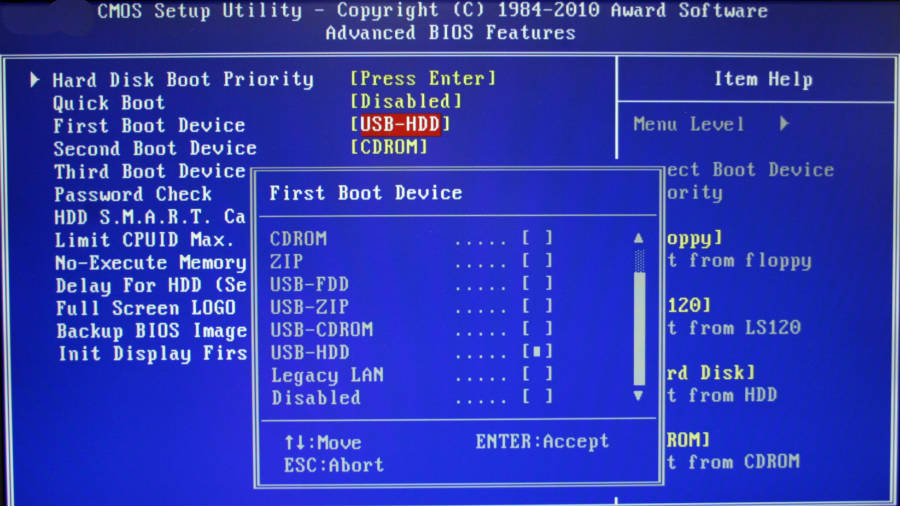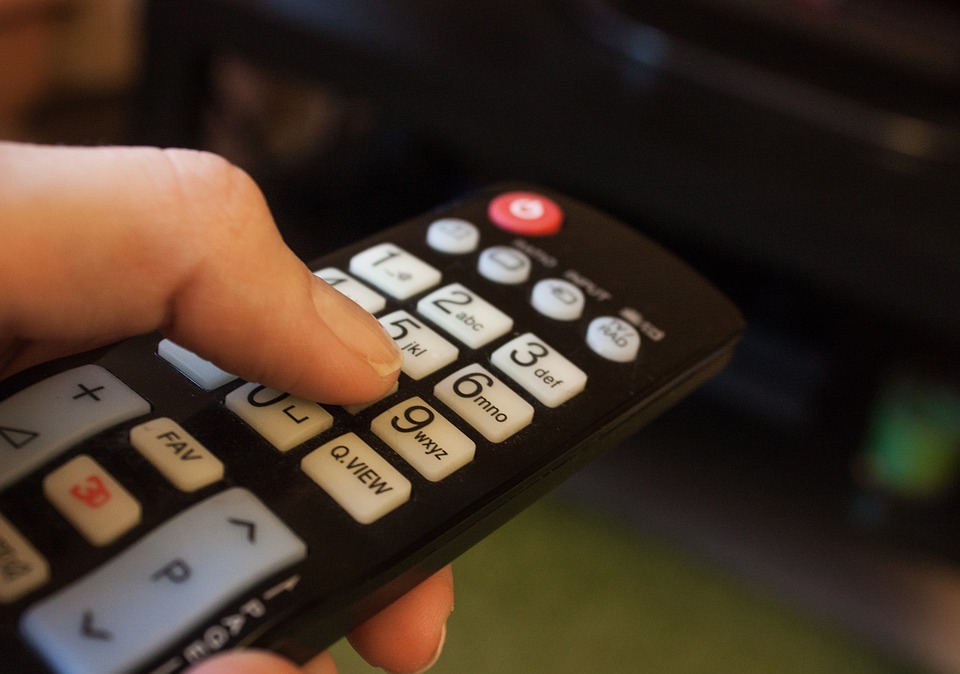When a person is just getting into computers, there is a lot of new vocabulary to learn and sometimes it can all get a bit confusing. Take the terms BIOS and Firmware, for instance, do they mean the same thing or are they different? Today’s SuperUser Q&A post comes to the rescue to help a confused reader with terminology.
- Difference Between Firmware And Software
- Difference Between Software And Firmware Pdf
- Difference Between Firmware And Software Quora
- Difference Between Firmware And Embedded Software

What is the difference between firmware and software? We often see terms “firmware” and “software” used as interchangeable – one program or a set of computer programs required to perform particular tasks on the machine. It is not correct. The work it does defines the category of the program. Here is a simple explanation. Difference Between Software and Firmware. Although software is an umbrella term that refers to anything data stored in hardware, in general practice, it usually refers to programs that you run on a device like a computer or PDA. Firmware still falls into this category as it is programmed information that is responsible for the operation of certain hardware. In general, the difference between software and firmware is the level at which it interacts with the hardware. Firmware interacts at the very low level of the hardware while software interacts at high levels. Firmware generally controls the basic timing, controls and functionality of hardware. Software vs Firmware. Firmware is a special name given to software that is embedded in an electronic gadget or device to make it run. Since it is a kind of software, trying to differentiate it with software may not be fruitful.
Today’s Question & Answer session comes to us courtesy of SuperUser—a subdivision of Stack Exchange, a community-driven grouping of Q&A web sites.
Photo courtesy of John C Bullas (Flickr).
The Question
SuperUser reader Koray Tugay wants to know what the difference between BIOS and Firmware is:
Could anyone elaborate on what the difference between BIOS and Firmware is please?
What is the difference between BIOS and Firmware?
The Answer
SuperUser contributors malakrsnaslava and Tonny have the answer for us. First up, malakrsnaslava:
BIOS is Firmware for computers. As you continue to read and learn about computers, you will gain understanding about BIOS, UEFI, EFI, and so on.
BIOS is an acronym for Basic Input/Output System and also known as System BIOS, ROM BIOS, or PC BIOS. It is a type of Firmware used during the booting process (power-on/start up) on IBM PC compatible computers. BIOS Firmware is built into PCs, and it is the first software they run when powered on. The name itself originates from the Basic Input/Output System used in the CP/M operating system in 1975.
Firmware is a combination of persistent memory, program code, and the data stored in it. Typical examples of devices containing Firmware are embedded systems such as traffic lights, consumer appliances, digital watches, computers, computer peripherals, mobile phones, and digital cameras. The Firmware contained in these devices provides the control program for the device.
Followed by the answer from Tonny:
As others have already stated, BIOS is the specific name for the motherboard Firmware in older PCs. New computers these days have a technically and somewhat different kind of Firmware called UEFI or EFI.
Please note that any computer will also contain other Firmware (besides BIOS/UEFI/EFI). Network cards, video cards, raid controllers, hard-drives, flash drives, SSDs, and sound cards (just to name a few) can all have Firmware embedded inside.
Weirdly enough, the Firmware for video cards is often called video BIOS. This is technically incorrect. BIOS is only appropriate for referring to the start up Firmware of the motherboard itself.

Have something to add to the explanation? Sound off in the comments. Want to read more answers from other tech-savvy Stack Exchange users? Check out the full discussion thread here.
READ NEXT- › Wi-Fi vs. ZigBee and Z-Wave: Which Is Better?
- › What Does “FWIW” Mean, and How Do You Use It?
- › How to Automatically Delete Your YouTube History
- › What Is “Mixed Content,” and Why Is Chrome Blocking It?
- › How to Manage Multiple Mailboxes in Outlook
When you're trying to solve a problem with a computer or any piece of technology for that matter, the first thing you should try to do is determine if the problem is with the hardware or with the software.
How you make that determination depends on the problem you're experiencing, but it often involves ruling out one or the other via testing.
Difference Between Firmware And Software
Regardless of how you get to that answer, there is often much confusion when it comes to hardware vs. software. It gets even more confusing when firmware is brought into the mix.
Difference Between Software And Firmware Pdf
Here's more on how each of these 'wares' differs, something you need to know if you plan on doing even the simplest of troubleshooting on any of your myriad of tech devices:
Hardware Is Physical: It's 'Real,' Sometimes Breaks, and Eventually Wears Out
Hardware is 'real stuff' that you can see with your eyes and touch with your fingers.
Unfortunately, being a physical item, you can also sometimes smell it as it dies a fiery death, or hear as it physically decays in its last motions.
Since hardware is part of the 'real' world, it all eventually wears out. Being a physical thing, it's also possible to break it, drown it, overheat it, and otherwise expose it to the elements.
Here are some examples of hardware:
- Laptop
- Desktop computer
- Printer
While a smartphone is a piece of hardware, it also contains software and firmware (more on those below). Hardware devices are also comprised of other hardware devices; a tablet or computer, for example, contain individual components like a motherboard, a processor, memory sticks, and more.
While it's not always this easy, using one of your five senses (except taste... please don't taste any part of your computer system) is often your best way to tell if the hardware is the cause of a problem. Is it smoking? Is it cracked? Is it missing a piece? If so, the hardware is probably the source of the problem.
As sensitive as we've made hardware out to be in what you've just read, one great thing about hardware is that it can usually be easily swapped out. The software you lose may be irreplaceable, but most hardware is 'dumb' — the replacement often being as valuable as the original.
Difference Between Firmware And Software Quora

Difference Between Firmware And Embedded Software
See this list of computer hardware devices for more on some of the common parts of a computer system and what they're used for.
Software Is Virtual: It Can Be Copied, Changed, and Destroyed
Software is everything about your computer that isn't hardware.
Here are some examples of software:
- Operating systems like Windows 10 or iOS
Since software is information and not a physical thing, there are few barriers to it existing. For example, one physical hard drive might take two pounds of materials to create, meaning 3,000 hard drives would take 6,000 lbs of materials. One software program, on the other hand, can be duplicated 3,000 or 300,000 times, over as many devices, but be taking up essentially no more physical resources.
Software exists to interact with you, the hardware you're using, and with hardware that exists elsewhere. For example, a photo sharing software program on your PC or phone works with you and your hardware to take a photo and then communicates with servers and other devices on the internet to show that photo on your friend's devices.
Software is also extremely flexible, allowing it to be continuously updated and modified. While you certainly wouldn't expect your wireless router to 'grow' another antenna or your smartphone to get a bigger screen as it charged on your nightstand, expect your software to regularly gain features and grow in size as its updated.
Another great thing about software is its potential to last indefinitely. So long as the software is copied to newer hardware before the current device fails, the information itself could exist as long as the universe does. Equally amazing is that software can be destroyed. If there are no copies, and the software is deleted, it's gone forever. You can't run to the store and pick up a replacement for information that never existed anywhere else.
Troubleshooting a software problem is usually more complex than working through a hardware one. Hardware issues are often times straightforward — something is broken or not and may need to be replaced. The steps required to solve a software problem depend on what information you're given about the issue, what other software is running, what hardware that software is running on, etc.
Most software issues start with an error message or another indication. It's here that you should start your troubleshooting process. Search for the error or symptom online and find a good troubleshooting guide that will work you through the problem.
Firmware Is Virtual: It's Software Specifically Designed for a Piece of Hardware
While not as common a term as 'hardware' or 'software,' 'firmware' is everywhere — on your smartphone, your PC's motherboard, even your TV remote control.
Firmware is just a special kind of software that serves a very narrow purpose for a piece of hardware. While you might install and uninstall software on your computer or smartphone on a regular basis, you might only rarely, if ever, update the firmware on a device and you'd probably only do so if asked to by the manufacturer, probably to fix a problem.
What About Wetware?
Wetware refers to life — you, me, dogs, cats, cows, trees — and is usually only used in reference to the technology related 'wares' we've been talking about, like hardware and software.
This term wetware is still used most often in science fiction but it's becoming an increasingly popular phrase, especially as human-machine interface technology progresses.